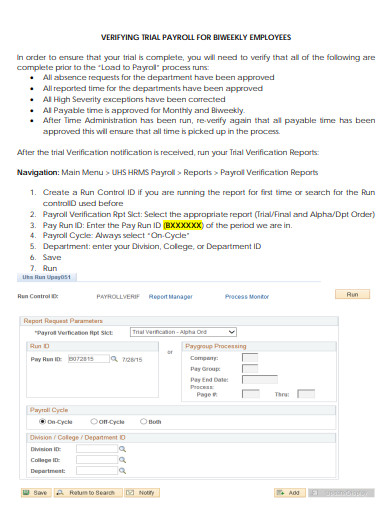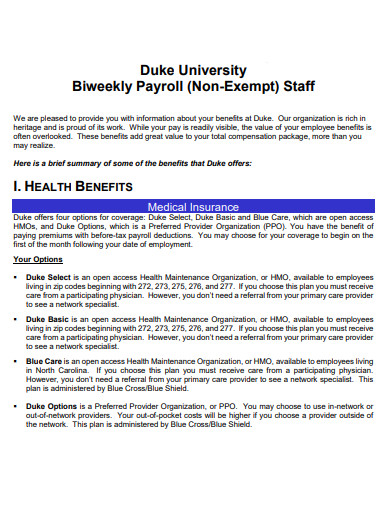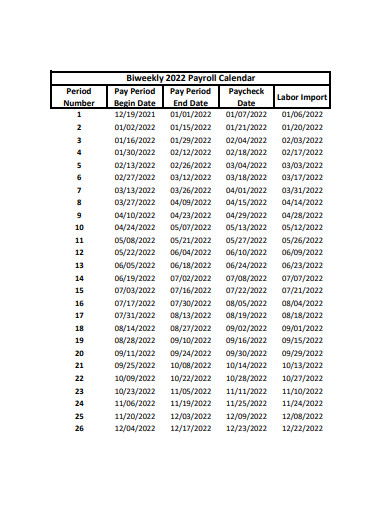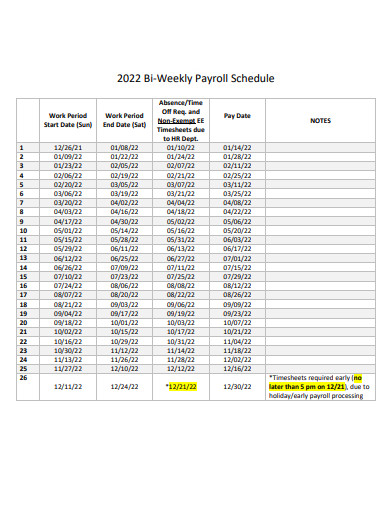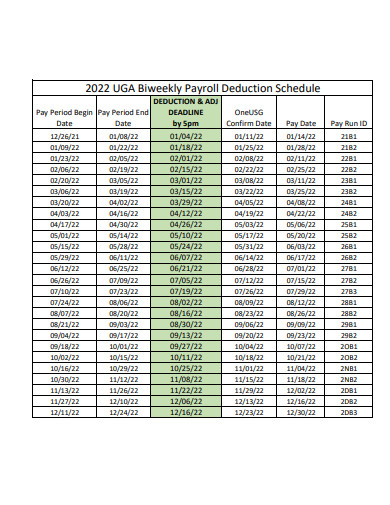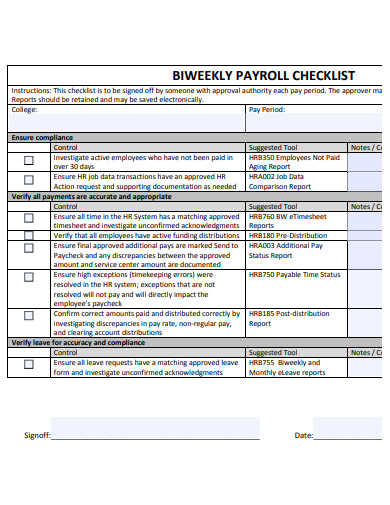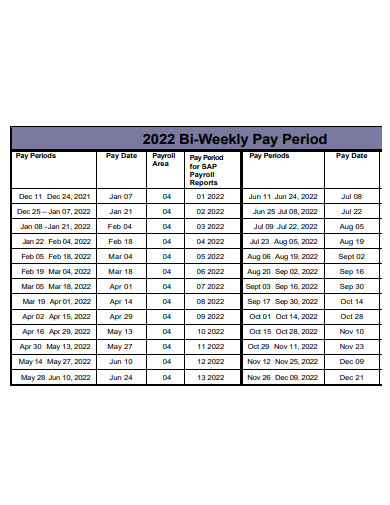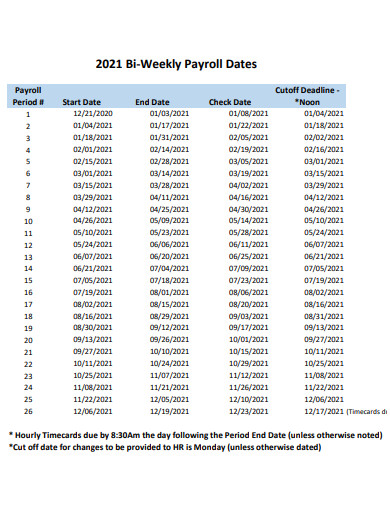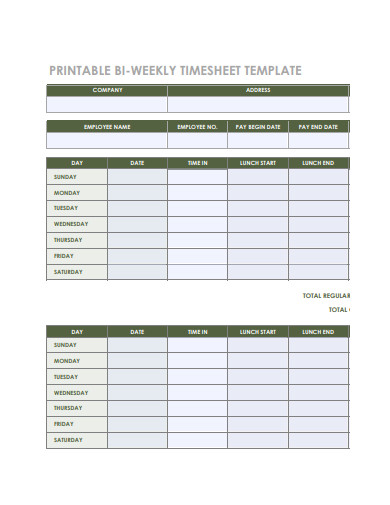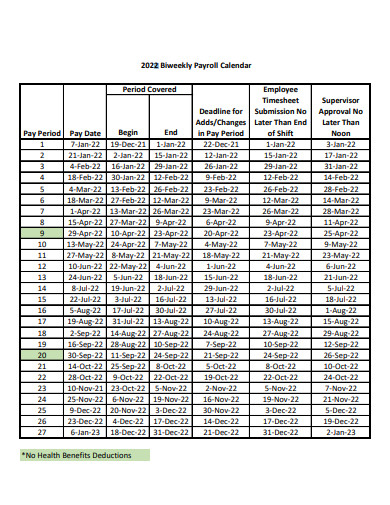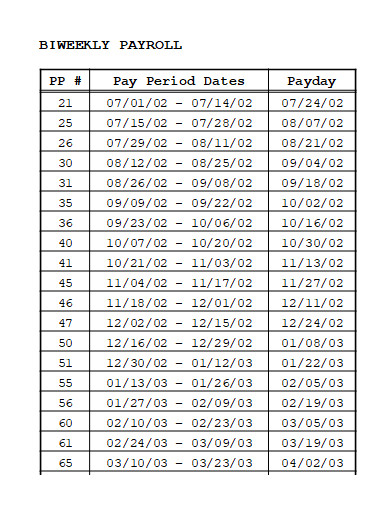The vast majority of people on the planet have been socially conditioned to refrain from discussing their salaries openly. The vast majority of us believe that informing strangers about our earnings from our jobs is impolite and unnecessary. Despite this, it continues to be the most common reason for people to change jobs. All payments made to employees must be accurate, timely, and in accordance with all applicable employment and payroll laws and regulations, including the Fair Labor Standards Act. Your company may simply cease to exist within a few months if you do not have a well-organized payroll system in place. Payroll is typically delegated to human resources, which is responsible for ensuring that payroll is accurate. A payroll report is a great tool for confirming this point of view.
Everyone wishes to be compensated fairly. It is the wish of every employee that their taxes be filed correctly, that their health insurance and other payments are calculated correctly, and that their wage deductions are legal and accurate. Generally speaking, the goal of a payroll audit is to determine whether or not the employer is complying with the rules and regulations established by the local or national government regarding the employer’s contribution to benefit trust funds. When an organization‘s payroll processes are accurate, a payroll register report can be used to verify that they are. A look at the number of active employees at the business or company, the pay rates and wages paid to those employees, as well as the total amount of tax withholdings made by the business or company are all examined in the document. In most cases, a payroll audit is carried out at least once a year to ensure that the overall process is up to date and accurate. Anyone who has ever been in charge of payroll is well aware that it is not a simple task and that it is frequently a time-consuming procedure to complete. As a result of the sheer volume of information to keep track of and the ease with which mistakes can occur, it can be a very overwhelming process. It is for this reason that checklists were created to assist in the process. Examine the payroll repayment agreement samples provided below to gain a better understanding of payroll reports and how they function in practice. Following your familiarization with the document, you are welcome to use the following sample biweekly payrolls as guides or, in some cases, as templates for your own document.
10+ Biweekly Payroll Samples
1. Payroll for Biweekly Employees
2. University Biweekly Payroll
3. Biweekly Payroll Calendar
4. Bi-Weekly Payroll Schedule
5. Biweekly Payroll Deduction Schedule
6. Biweekly Payroll Checklist
7. Sample Biweekly Payroll
8. Biweekly Payroll Dates
9. Biweekly Payroll Timesheet
10. Formal Biweekly Payroll
11. Biweekly Payroll Example
What Is a Biweekly Payroll?
In addition to providing additional information, a payroll audit checklist can help to increase the effectiveness of an audit by identifying potential problems. Performing a payroll audit allows businesses to ensure that all employees are paid correctly and that all deductions, such as benefits and taxes, are properly reported to the appropriate taxing authorities. Others, on the other hand, may not be aware of a payroll discrepancy until much later in the process. These errors, which are a critical component of your compensation and benefits plan, can be identified and corrected with the help of payroll audits. When a company or business’s payroll operations are audited, it is determined whether or not the company or business is in compliance with a well-established set of local or national labor regulations. An individual auditor or a team of auditors who have been appointed will typically conduct the inspection. According to the size of your organization and the scope and coverage of the payroll audit being performed, payroll audit procedures can take anywhere from a few minutes to several weeks to complete. Some payroll and human resources departments automate the entire process in order to provide faster and more efficient service to their customers.
What Should Be Included in a Biweekly Payroll
When creating your payroll audit checklist, keep in mind that the majority of the more specific details are dependent on your company, the entire payroll process, or the nature of your business in general, so keep this in mind when creating your checklist. It is possible that you will have additional considerations to take into account when it comes to employee compensation. It is critical that the document, in whatever shape or form it takes, be able to include the majority, if not all, of the components listed above.
- Revise any changes to your employees
Take note of changes in these details of your employees;- Employee address
- New hires
- Terminations
- Status changes
- Rate changes
- Complete, approve and submit timecards or timesheets
Examine your employees’ work schedules to ensure that they are accurate and that they are within reasonable time limits for the completion of tasks. Indicate how much time you’ve set aside to make your payment in advance. What is your preferred frequency of delivery: weekly, biweekly, or semi-monthly? Ensure that you are tracking these three activities in your timesheets, as this is the most important thing to remember here.- They’re accurate
- They’re approved
- They’re submitted
- Enter and review any additional payments
Time spent on payroll adds up to a significant number of hours. Anything that stands out should be double- and triple-checked to ensure that it is correct. If you use any documentation, make sure to keep backup copies. The following are examples of alternative payment methods that may be used:- Retro pay
- Bonuses
- Commissions
- Review taxes and deductions
After you’ve calculated your payroll, you can move on to the next step, which is tax and deduction calculations. Examine your tax returns and deductions to determine if they are accurate and reasonable in the circumstances. - Before you print checks, do a final review of all the changes
After you have verified that everything is in working order, you can print payroll checks or initiate direct bank deposits. - Make sure everyone who needs payroll information has access to it
After the payroll process has been completed and approved by the CFO, the information you’re about to present will be relied upon by department heads and managers, as well as vendors and other shareholders and other stakeholders. Following a final review of the completed payroll process, ensure that all necessary information is forwarded to the appropriate individuals within your organization. Payroll is likely to be the most expensive line item on your company’s budget, so it’s critical that you manage it properly and adhere to the required payment schedule as much as possible.
FAQs
What are payroll procedures?
Among the payroll, procedures are the computation of total wage earnings, the deduction of withholding, the filing of payroll taxes, and the distribution of payments to employees and contractors. The entire payroll process is now being automated by many payroll departments, despite the fact that the vast majority of these steps can be completed manually.
What is payroll?
Payroll refers to the amount of money that the employer pays its workers.
Is payroll accounting or HR?
Payroll, with a few exceptions, is primarily an employee-facing function, although there are some exceptions. It is as a result of this that the vast majority of people believe it falls under the jurisdiction of human resources. Compensation changes, employee terminations, scheduling new hires, and providing benefit information are all handled by the department of human resources (DHR).
Employee experience can be improved by human resource professionals or other designated individuals who have a basic understanding of payroll audits and payroll audit checklists. Once they have a basic understanding of payroll audits and payroll audit checklists, they can identify areas for improvement as well as ensure compliance and accuracy in order to improve the overall employee experience for the organization. It goes without saying that your employees have a right to the same treatment.
Related Posts
Teacher Lesson Plan
Deed of Assignment
Contract Termination Letter
Student Research Proposal
Diet Plan
Housekeeping Resume
Marriage Proposal Letter
Nursing Resume
Fund Transfer Letter
Purchase Order Cancellation Letter
Certificate of Service
Employee Leave Form
Visitors Log
Requisition Form
Student Feedback Form

